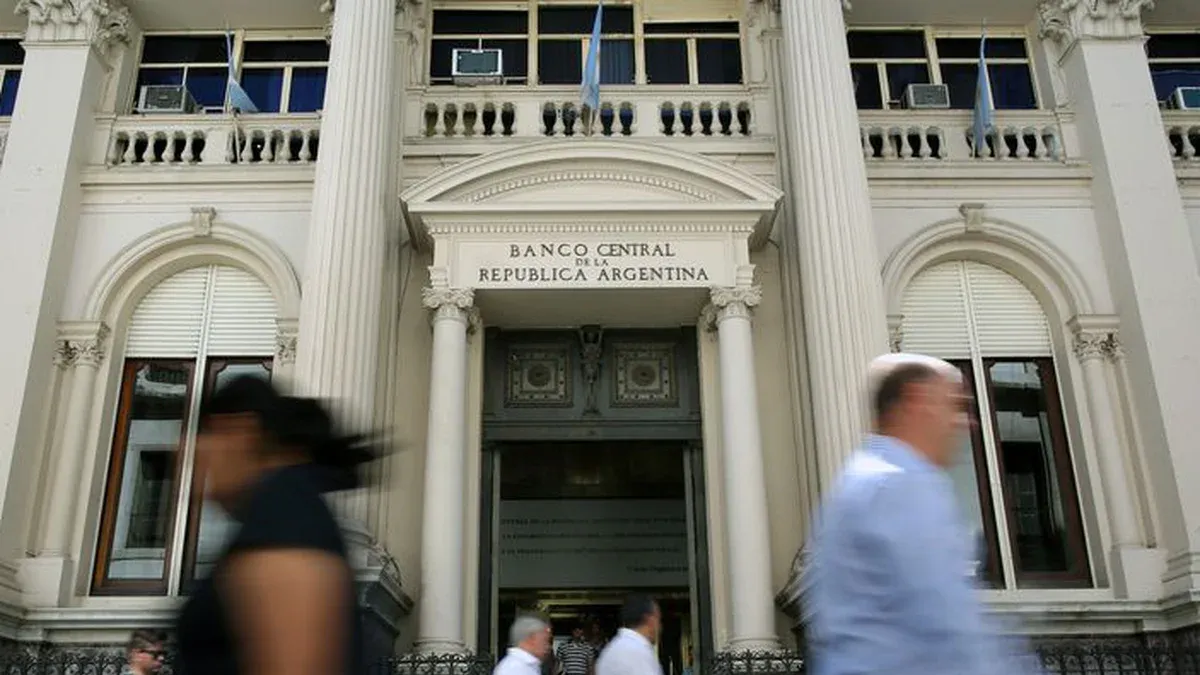One thing to keep in mind is that in January 2022 the effective annual interest rate for deposits in pesos was negative. Prices ran at a speed of 50.7% per year, but banks paid 46.8%, which made it unattractive for savers. But now the returns are remarkably positive. The effective annual rate for individual retail placements is 107.05%, Therefore, time deposits are an alternative to dollarization or other types of investments to preserve the value of savings.
“By raising rates, the BCRA intends to keep peso placements well remunerated in the short term to avoid further pressure on alternative dollars without the need to raise the monetary policy rate”, Ecolatina points out in a recent report. For example, the current rate for retail deposits has been maintained at these levels since September 16.
In this regard, the consultant Salvador Di Stefano pointed out that “banks continue to capture fixed-term deposits without problems.” As estimated, they would be doing so at a rate of 120% per year but warns that as a counterpart “loans to the private sector grow at 68% per year.”
“This tells us that while society saves, the financing goes to the State and the private sector is underfunded,” asks the analyst. Di Stefano assures that “financial entities are at the service of the State to finance the public deficit.” “This means that banks are tied to State Risk and this is the reason for its poor evolution in the capital market”, said the economist.
In the last year, banks have become the main ally of the Government for the financing of the Public Sector. They are the main actors of the calls for bidding of the Treasury of letters.
Di Stefano indicated that “the market is observing a divorce between the perception of inflation and what INDEC actually dictates, which led to many investors to get out of inflation-adjusted time deposits and invest in traditional time deposits who today pay an annual rate of 6.25%, or buy dollars as a security of value”.
On the other hand, in the market it is expected that during February the Central Bank announces a rate increase because it is of a period in which the demand for pesos falls seasonally, which suggests greater pressure on the price of the dollar.
Where do the pesos of the fixed pazos go? Regarding loans to the private sector, January ended with a total of $7.94 trillion, which indicates a nominal increase of 70.7%. In real terms, financing to companies and individuals in the first month of the year fell.
For analysts, the pesos went to the Treasury. Last month, the Government managed to get the market (the banks) to lend it $219,000 million more than the bills that expired in the month.
Adcap Grupo Financiero states that banks “have a lot of excess capital” although that is not reflected in higher loans to the private sector. Santiago Ruiz Guiñazú, Head of Equity Sales & Trading, points out that “assuming a scenario with reactivation of the demand for credit, we believe that Argentine banks are prepared to meet this demandand that would generate growth and profitability”, he estimated.
On the other hand, youA portion of the money ends up in Liquidity Bills (Leliqs) as part of the Central Bank’s sterilization policy. According to data from the Central Bank, as of January 31 there was a stock of $7.86 trillion, while a year ago there were $3.63 trillion, which marks a growth of 116% year-on-year.
Source: Ambito




